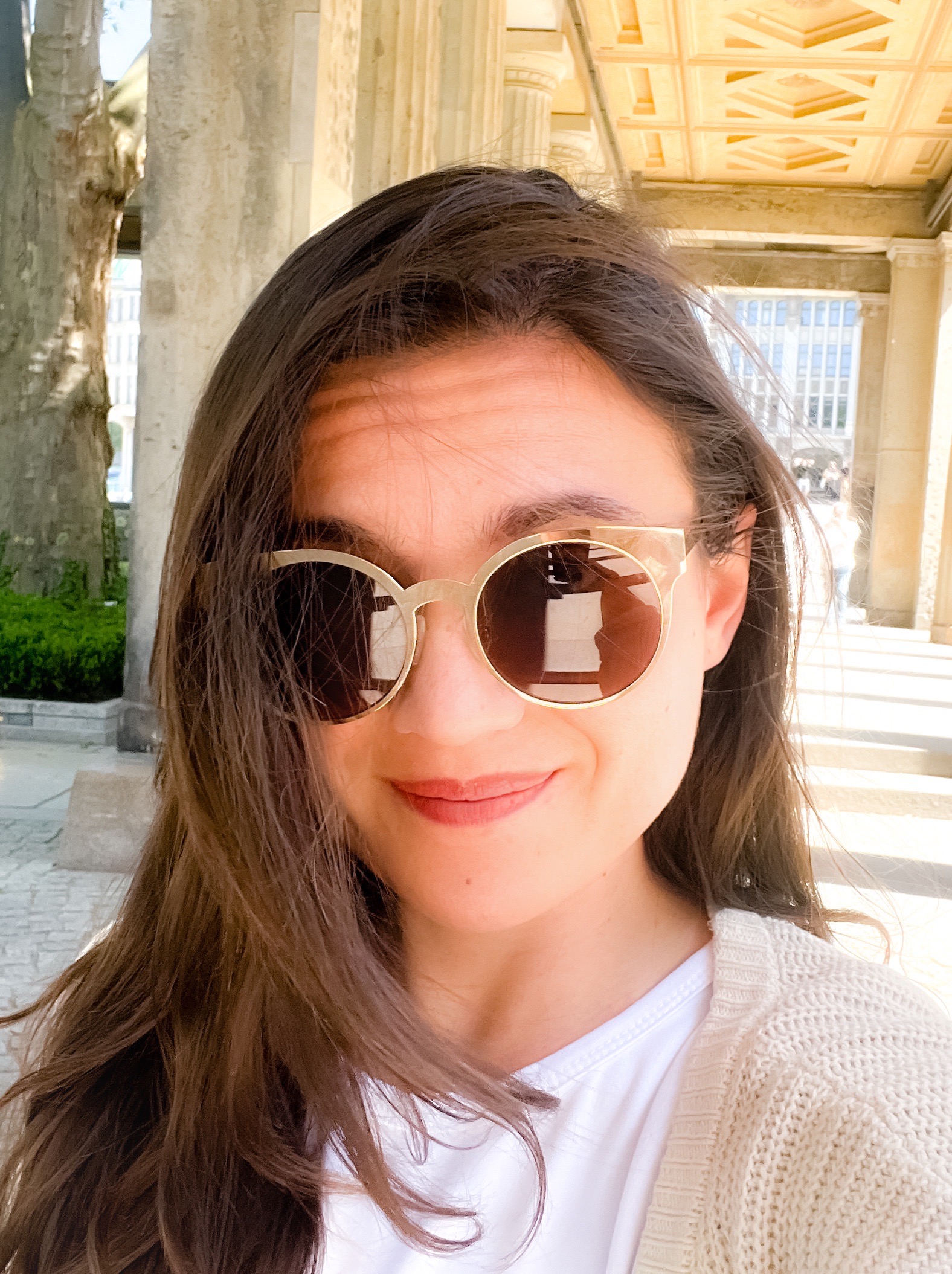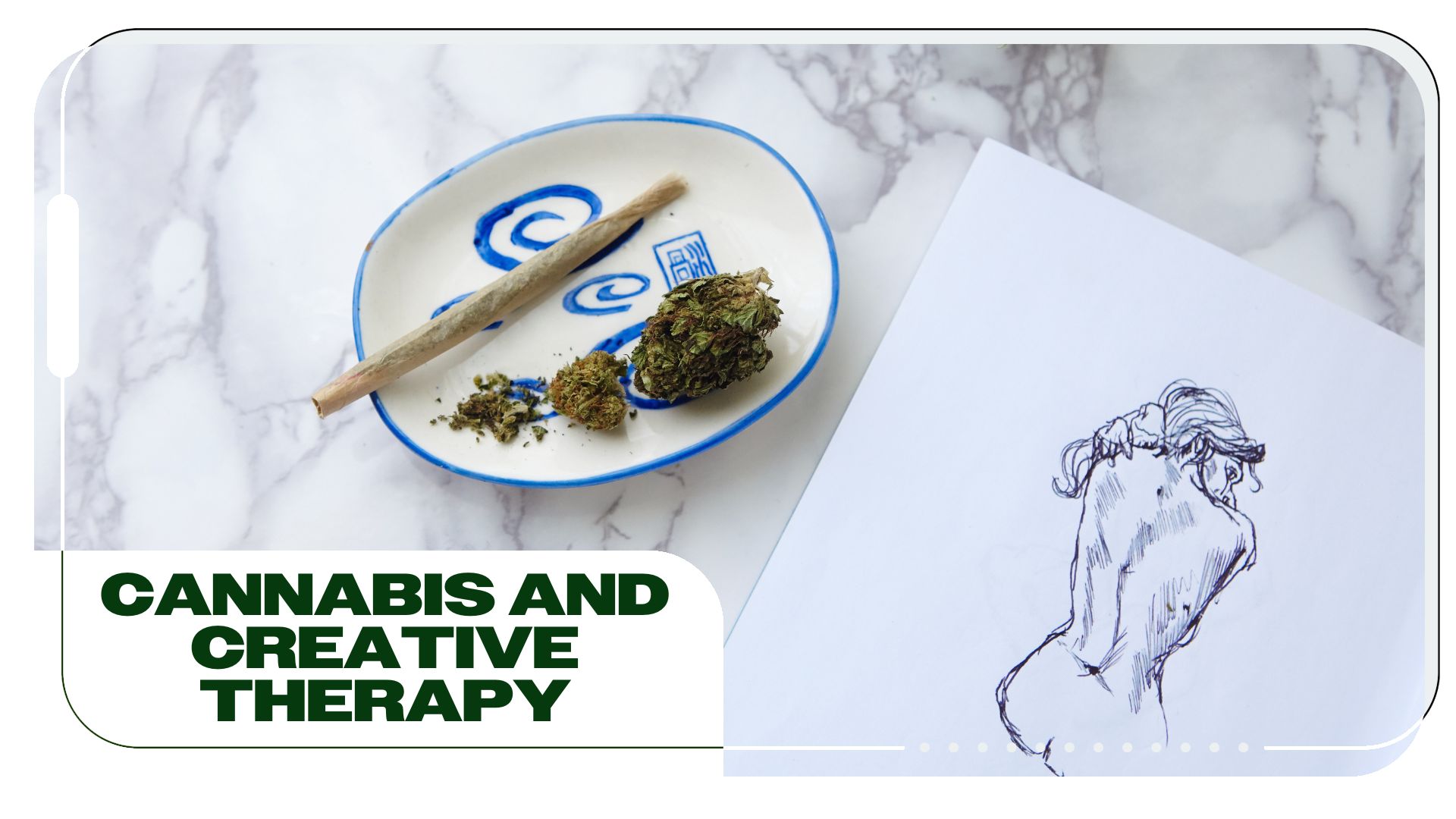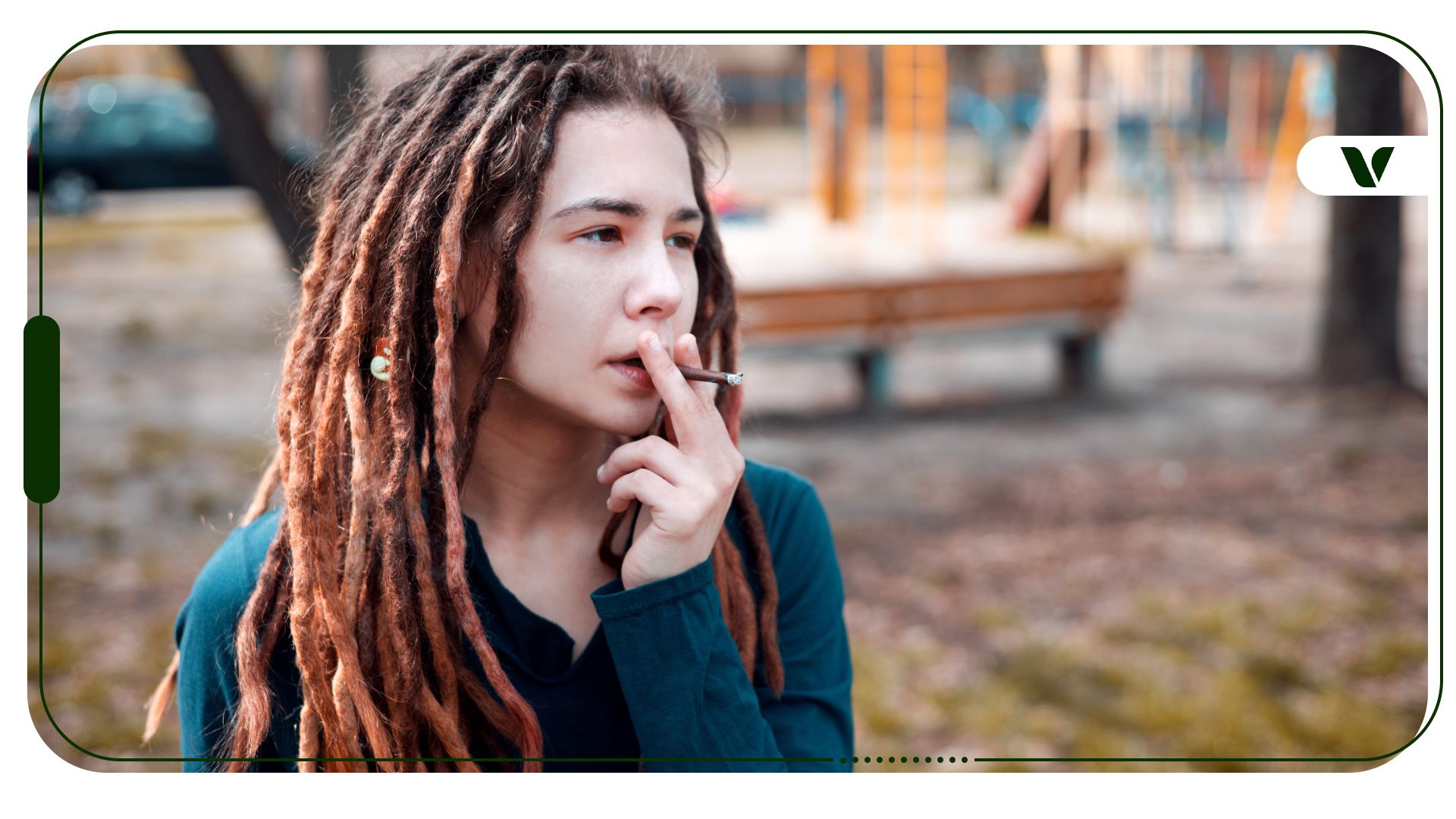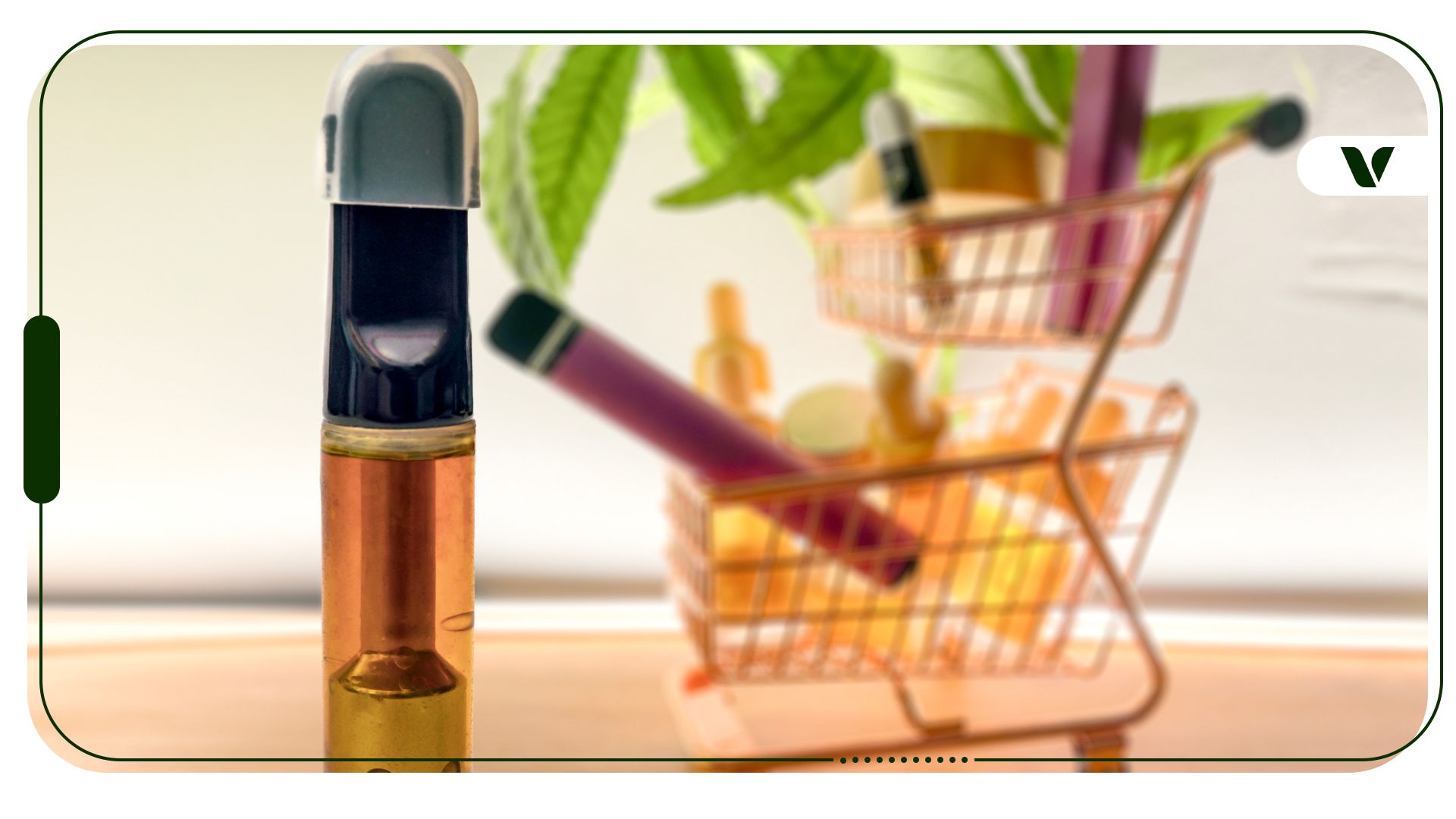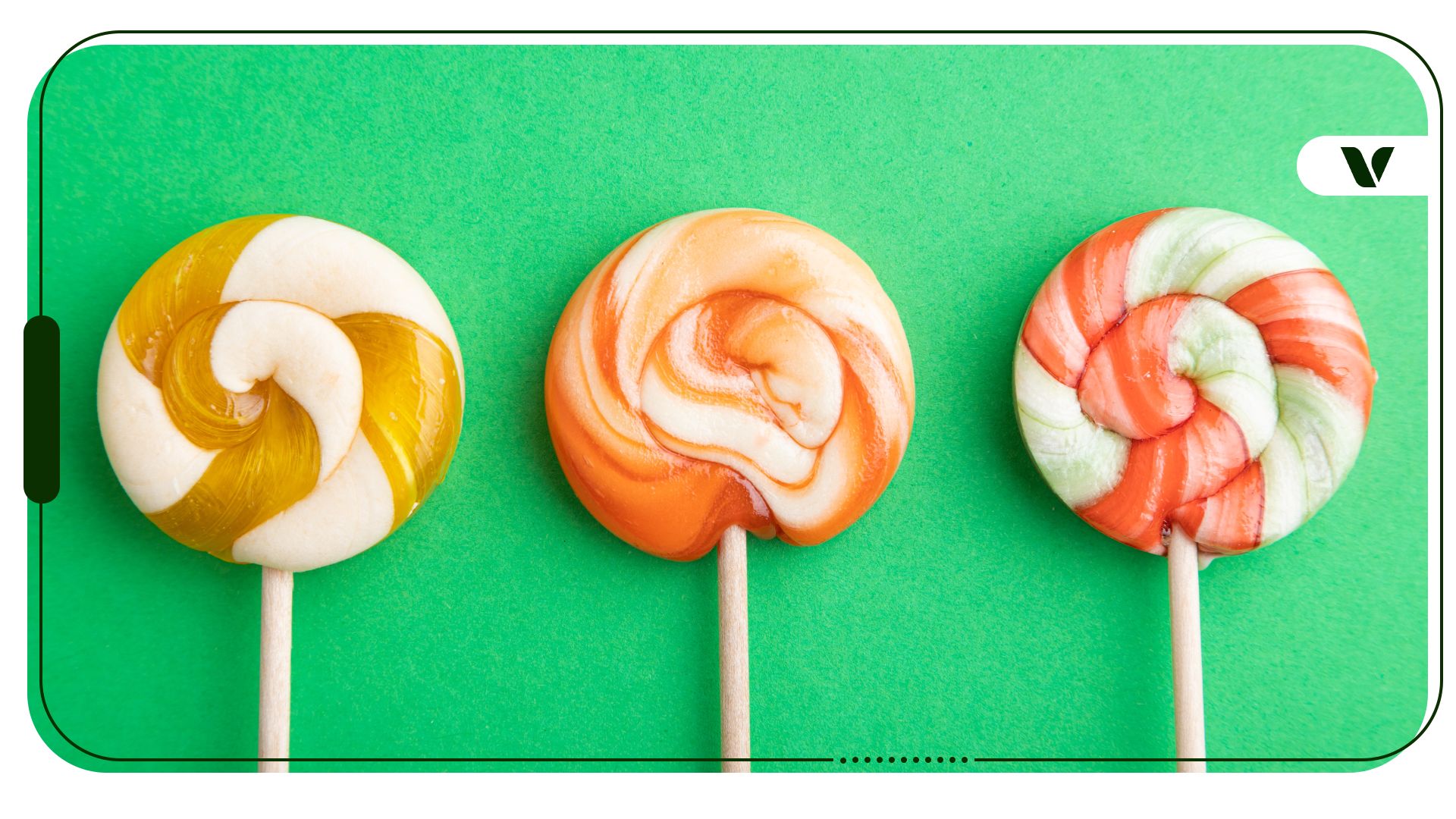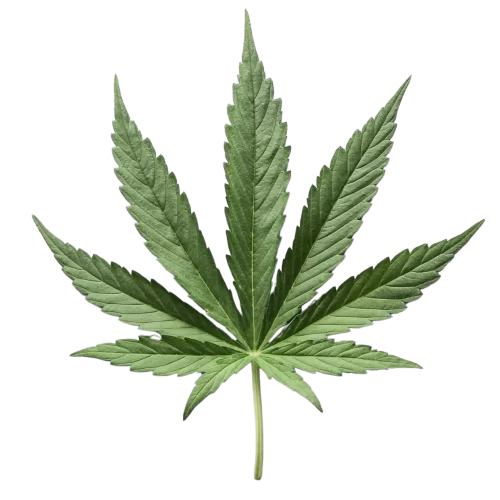Creative therapy is a form of mental health therapy used to treat emotional and mental health conditions. It involves art-based activities, such as music, drawing, and dance. Through the creation or appreciation of art, a person is encouraged to explore difficult emotions and engage in self-reflection.
Art-based therapies can provide a range of benefits suiting people’s diverse needs, which include improving stress regulation, raising self-esteem, and building better social skills, among other helpful results.
This article will consider the ways that medical cannabis, such as products containing tetrahydrocannabinol (THC) or cannabidiol (CBD), could complement creative therapy in the treatment of emotional and mental health conditions. Medical cannabis is being increasingly researched and recognized for its potential to alleviate certain symptoms that affect mental well-being, such as anxiety, depression, and chronic pain. People managing these symptoms who would benefit from the creative therapeutic process may also achieve additional benefits by adding medicinal cannabis products into their practice.
In the next sections, we will explore the benefits of creative therapy and the potential ways that medicinal cannabis may complement the positive effects promoted by the creative therapeutic approach to mental health care.
How Does Creative Therapy Work?
Creative therapy makes use of various art forms – such as dance, drawing, drama, or music – in the treatment of mental health symptoms and conditions. A professional creative therapist is a trained and licensed practitioner who is qualified to practice creative therapy, which is used to help people experiencing a range of mental and emotional, as well as physical, issues.
Art-based activities and exercises are applied during therapy sessions to allow people to explore their emotions, achieve personal growth, and improve overall mental health. Creative therapy is shown to positively influence a range of mental health symptoms associated with various, often terminal, conditions.
Clinical research demonstrates the promising effectiveness of creative therapy in treating various psychological symptoms associated with illness distress—particularly depression, pain, and anxiety. However, its effectiveness for any long-term health outcomes of these conditions needs to be further examined.
Creative therapy can help someone struggling with emotional distress or dysfunction by encouraging them to practice mindfulness and channel their thoughts and feelings through artistic expression. For example, a person in creative therapy will produce a piece of art, and then discuss their artistic choices and feelings involved in creating the artwork with the therapist.
Talking with the therapist about the creation’s inspiration, composition, and personal significance helps some people process, identify, and confront difficult emotions. This makes creative therapy especially helpful for people who experience difficulty with verbally expressing their feelings.
Although art is involved in the process, creative therapy doesn’t require a person to have especially gifted artistic abilities to participate or benefit. The overall goal of creative therapy is to help people explore self-expression through the creative process so they can ultimately gain healing personal insight and develop new skills for coping with difficult emotions.
It is important to note that, currently, no legal framework is in place that supports or allows for the combined treatment of medical cannabis and creative therapy in the professional setting. While the combination of medical cannabis and creative therapy may have therapeutic promise, practicing therapists in many regions can lose their professional licenses for recommending or incorporating medical cannabis into their treatment plans. People should consult local regulations and professional guidelines before considering whether to combine cannabis use with creative therapy sessions.
Why You Should Get Your Medical Marijuana Card
Veriheal has satisfied millions of patients nationwide by giving them access to these benefits
- Larger purchase limits
- Peace of mind
- Enhanced legal protection
- Access to higher potency strains
- Save up to 25% on cannabis purchases
- Skip the line at the dispensary
Cannabis and Creative Therapy
There are various cannabinoid compounds and products to choose from, and different cannabinoids, most notably CBD and THC, can play very different roles in contributing to the experience of art therapy. Here are some ways the effects of these cannabinoids can enhance the benefits of creative therapies.
Altered Sensory Perception:
The primary psychoactive compound in cannabis, THC, produces altered states of sensory perception. This means that, for people consuming THC products, colors may appear more vivid, or sounds can take on more complexity, with overall sensory stimulation having a more intense effect. Such experiences can result in more vivid and imaginative perception of one’s surroundings and personal expression.
The intensification of sensory perception produced by consuming THC can enhance the creative process by allowing somebody to see colors more vividly, enriching the visual experiences associated with arts like painting.
Altered auditory perception can also enhance someone’s ability to express themselves through music and rhythm. Such tactile, visual, and auditory experiences can enhance the therapeutic goals of art therapy by making the artistic process more mentally activating. This could inspire the person to explore novel ways of expressing their emotions or representing their inner world through color or music.
Reduced Inhibition
Additionally, cannabis can promote a state of relaxation through the anxiety-reducing effects of CBD, another major cannabinoid. Numerous research studies have generated evidence demonstrating that CBD can help reduce anxiety.
With lowered inhibition and performance anxiety, people can explore new freedom from rigid or judgmental thinking, allowing for a more authentic flow of creative ideas and artistic expression without the hindrances of stress or perfectionist expectations.
Complementary Effects on Mood and Stress
As already indicated, one of the most widely acknowledged benefits offered by CBD is its anxiolytic (anxiety-reducing) effect. Another benefit of CBD is that it can also have a mediating effect on depression. For people looking to heal from low mood through creative therapies, the mood-lifting and anxiety-reducing properties of CBD can complement the mental health benefits of participating in creative therapy exercises.
Potential Enhancement of Creative Thinking
Despite limited evidence, some users hold that consuming cannabis products might stimulate creative thinking. It’s suggested that THC promotes divergent thinking, which is a cognitive process crucial for creativity that involves generating novel solutions to a problem by connecting seemingly unrelated concepts.
Furthermore, it has been indicated that cannabis users may exhibit increased verbal fluency and the ability to make unique associations, both are deeply related to creative thinking. This could mean that cannabis may induce altered states of mind that can release a person from the constraints of ordinary thinking and associations, thus opening up new avenues for self-expression and creativity.
Although creative therapy doesn’t require someone to be especially creative or skilled at art, enhanced creativity may be a good way to promote novel approaches to self-expression and illuminate interesting ways that people’s minds work that they might not have realized before.
Final Takeaways
Overall, cannabis can support the effects of art therapy in a variety of ways. If you are looking to try creative therapy to treat a mental health condition, it may be useful to consider trying medical cannabis to not only improve your creative therapy experience but also for the other benefits that products (such as CBD) can have for your mental health.
Ultimately, it is always best to consult a professional when considering medical cannabis to see what sorts of products and doses would be best for your symptoms. Especially in the setting of palliative, hospice, or end-of-life care where creative therapy and cannabis may increase quality of life.
Author, Share & Comments

